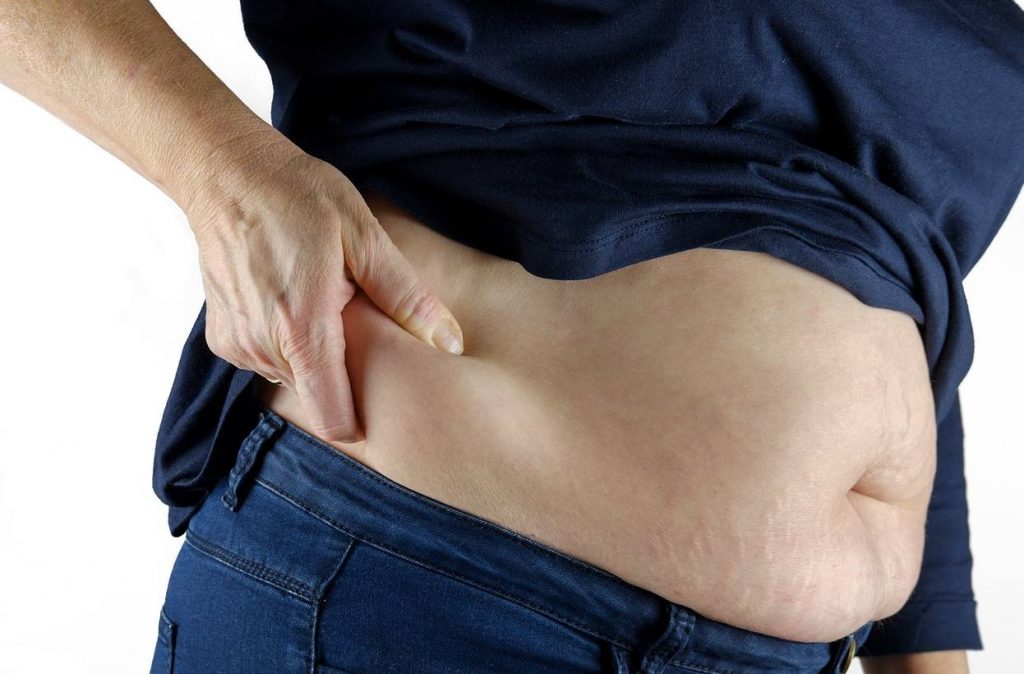
Aside from classifying obesity as a chronic disease instead of a lifestyle condition, health researchers have started exploring obesity across cohorts and demographics to better understand the weight-related condition. A recent Yorkshire health study found six different types of obesity, all with a body mass index (BMI) of over 30 but divided according to body fat distribution. These include upper body obesity, excess abdominal fat, lower body fat, a swollen stomach, lower leg obesity, and upper back fat.
These obesity subgroups imply that there are no one-size-fits-all weight management interventions but different approaches that target their underlying reasons and symptoms. In this light, here are the key ways to tackle various obesity subtypes and sustain weight loss in the long term.
The same study cited above notes that dietary choices play a role in upper body obesity, upper back fat, and swollen stomach. The first two are due to the overconsumption of high-calorie foods like saturated fats and sugars, while the last is related to excessive alcohol consumption.
In this case, a well-balanced diet that applies healthy eating principles can help manage daily calorie intake and meet nutritional needs for healthy and successful weight loss. Such principles include cutting down on sugars, opting for complex carbohydrates like whole grains, and eating the daily recommended servings of fruits and vegetables.
Chronic weight management medication
While a nutritious diet is paramount to calorie and weight management, many struggle with adhering to their weight loss diet due to appetite and cravings. In this case, a viable option is to look into FDA-approved chronic weight management medications that address the biological causes of obesity, such as hormones.
One such drug is phentermine for weight loss, which works by blocking the gut hormone responsible for stimulating appetite and can be combined with topiramate under the brand name Qysmia to curb hunger further. This mechanism is beneficial among obesity subtypes caused by overeating, but they must first meet the BMI and medical requirements for a clinical prescription.
Meanwhile, abdominal obesity or excess stomach fat is associated with chronic stress from conditions like depression and anxiety, as stress can interfere with appetite and metabolism. Although diet and exercise can help with weight reduction, meditation and mindfulness exercises can also help manage stress levels for more sustainable results.
In fact, 2021 research published in the journal Diabetes, Metabolic Syndrome, and Obesity notes that mindfulness strategies like yoga, meditation, and therapy help obese patients choose more nutritious foods and become more physically active. Doing these activities regularly can also improve overall quality of life, which, in turn, supports long-term weight loss efforts.
Lastly, obesity can also be centralized in the lower extremities like hips and legs, particularly among pregnant women or those of childbearing age. Physical activity is a must to burn calories in these areas, specifically aerobic workouts that stimulate calorie-burning as their frequency, intensity, and duration progress.
For instance, water aerobics with running, squat jumps, and jumping jacks can be beneficial due to the multidimensional resistance that engages all the muscles. This routine helps shed excess body fat while preserving lean muscle mass for healthy weight loss.
Ultimately, various weight loss approaches help individuals with obesity find what truly works for their specific health conditions, needs, and overall lifestyle. Diet and exercise are at the core of weight loss efforts, but they can always be tailored to better integrate them into daily routines and thus lead to long-term results. For more guides and resources on healthy living, make sure to read the rest of the articles here at Providr.